The Red Hills ACEC is an interesting, out-of-the-way place to look for wildflowers, near Chinese Camp on the east side of the central valley. It is a large expanse of exposed serpentine soil which supports a wide range of special native plants. In the spring you can get large displays of flowers.
Click on any photograph to see a larger image.

The site’s full name is the “Red Hills Area of Critical Environmental Concern”, and it is managed by the Bureau of Land Management. The hills are mostly a chaparral/woodland mix of foothill pine and buckbrush, with flowers scattered between (in the spring). One of the interesting points of visiting here is that there are very few non-native plants, even the grasses, which is unusual in California.
The Hike
There are a number of trails that leave from the main Red Hills parking lot, but I couldn’t find much information about them. The best resource is this Red Hills ACEC map.
Unfortunately, we were just passing through at the end of the day, so we didn’t have much of a chance to hike here. We drove across the site on the Red Hills Road and stopped at the main parking area. With daylight fading, we walked into the brush along one of the paths, up a hill, and back to the road. In just a short time we found many interesting flowers!
Click the track to see an elevation graph. Move your mouse along the elevation graph to show the location on the map. The Refresh icon will re-center the map. The Expand icon will expand to full screen.
Red hills
Profile
Timing is Everything
We visited in mid-March at the end of the day, and the weather was dry and comfortable. However, this is low elevation in the central valley foothills, so the daytime temperatures can get hot quickly. These are very exposed scrub hillsides, very little shade. I think that any time in later March and early April will be a good time to visit, but be sure to bring plenty of drinking water because it will get hot very quickly.
Directions
We were driving north on Highway 49/120 from Yosemite when we passed this area. In the small town of Chinese Camp, look for the Red Hills Road on the west side, which is opposite of the Tuolumne County Fire Station on the highway. The road winds through Chinese Camp and out into the country.
There are several places where streams cross the road in low culverts – we were there not long after a rainy period and so we were crossing through water, but it wasn’t deep.
On the Red Hills ACEC map there is an “Interpretive Nature Trail” marked, but we didn’t find the turnoff for that. Be careful, some of the roads that turn off of the main road are best suited for 4-wheel drives.
Following the main (well paved) road, we came to the main parking area. This is where most of the trails start, and there are toilet facilities there. There is no entrance fee to this area.
The Flowers
Click on any photograph to see a larger image
My favorite flower on this visit was the Purple mouse ears. They look like they are singing boisterously.

Along the drive to the trailhead we saw masses of yellow flowers. These next three were the most common. Stillman’s coreopsis is only found in California.
Stillman’s coreopsis, Leptosyne stillmanii
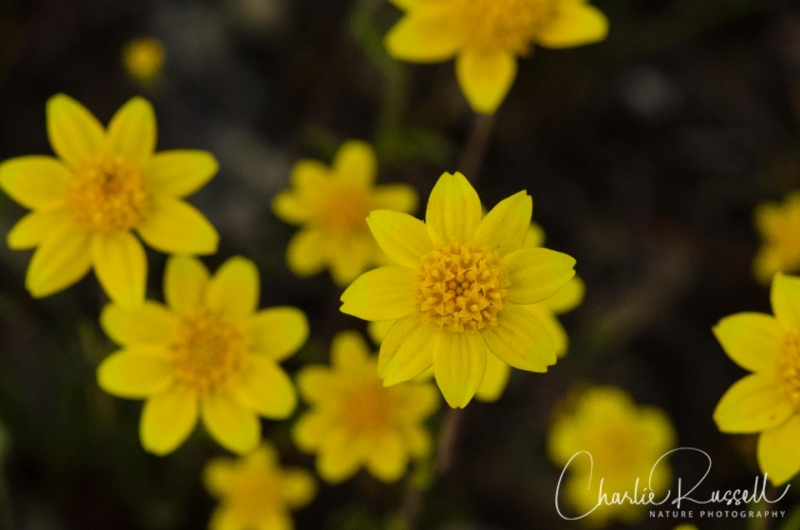
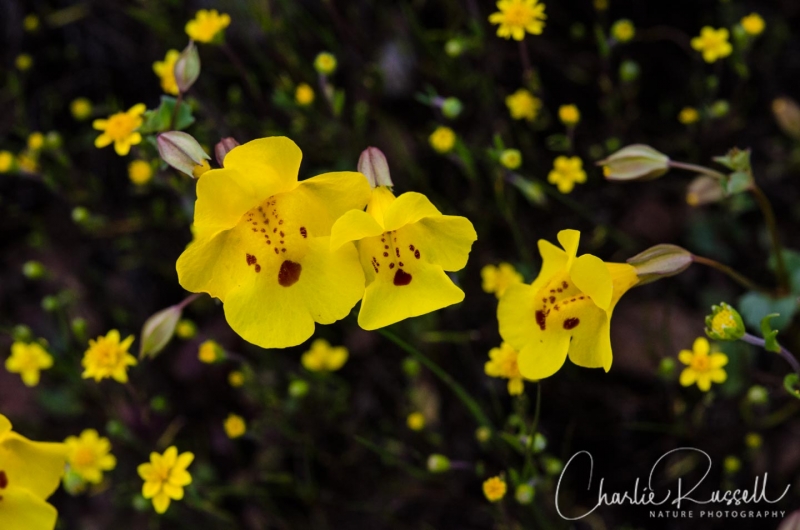
Five spot is one of my favorite flowers, we found these along the road at a stream crossing. It’s only found in California.
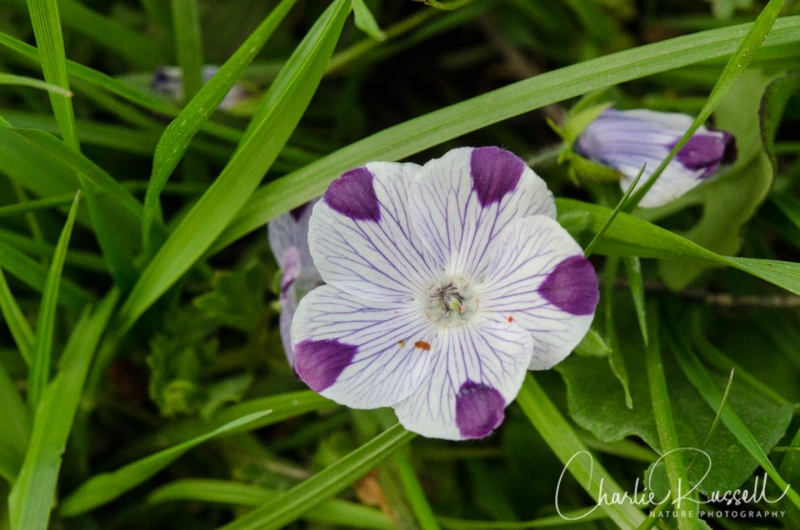
.2California fairypoppy (not a “poppy”) is a delicate, small flower found only in California.
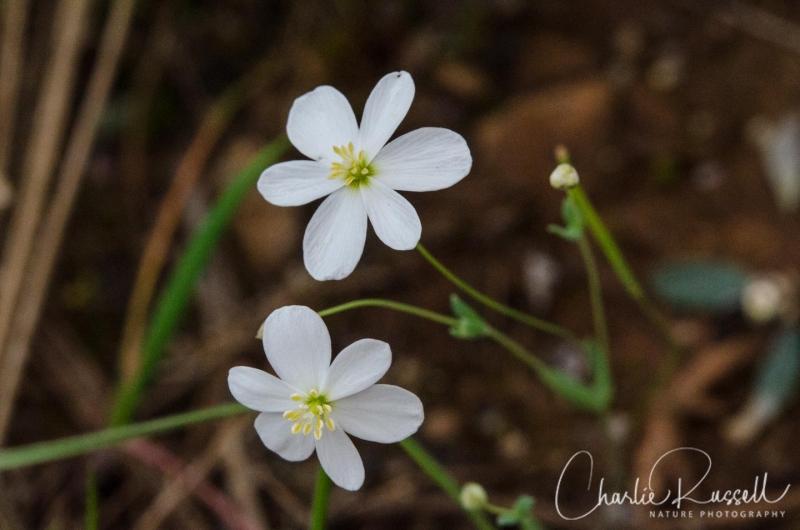
Quite a few unique flowers, all just in a very short walk near the parking lot!
You can see larger copies of the photos by clicking on the images below. All photos are available for purchase in a variety of formats.
In addition to what I discussed above, we found the following native flowers:
- Indian paintbrush
- Blue dicks
- Prairie woodland star (found only in California)
- Poison sanicle (found only in California)
- Popcorn flower
- California sandwort
- Butter ‘n’ eggs
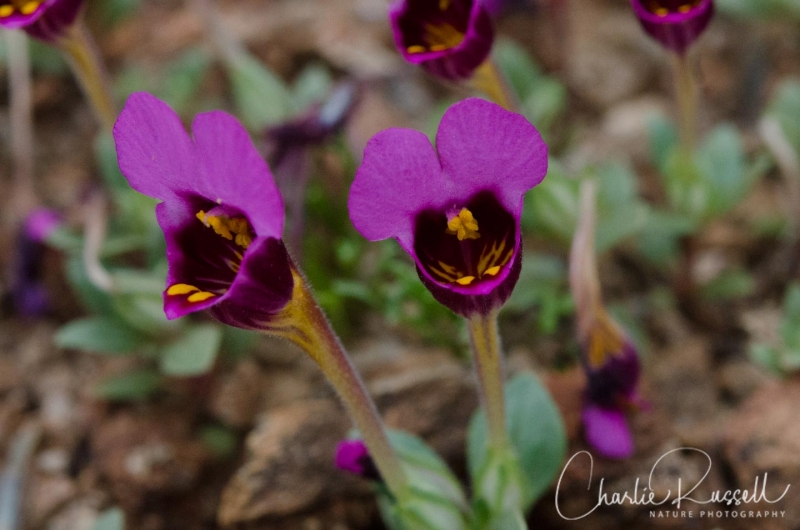
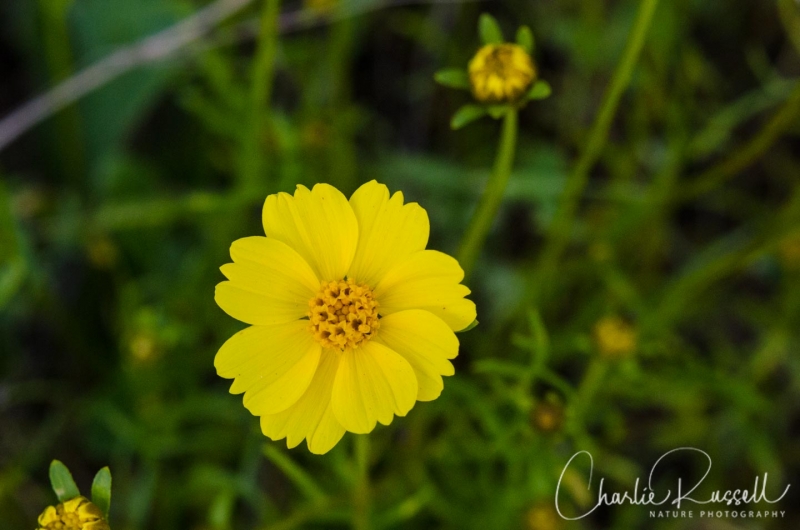
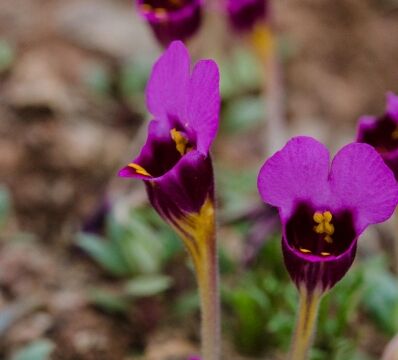
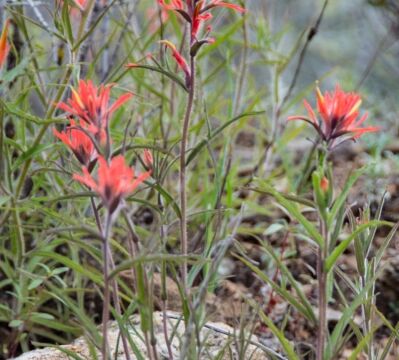
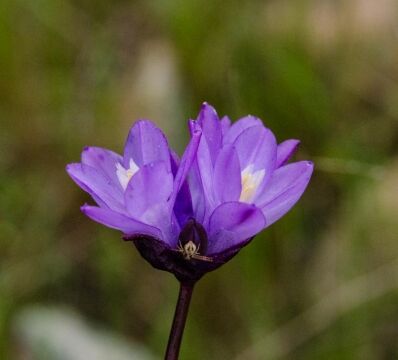
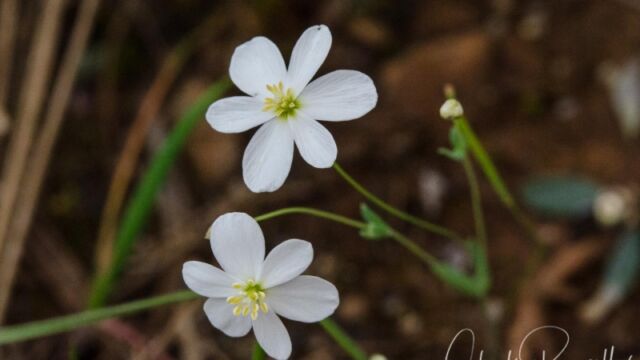

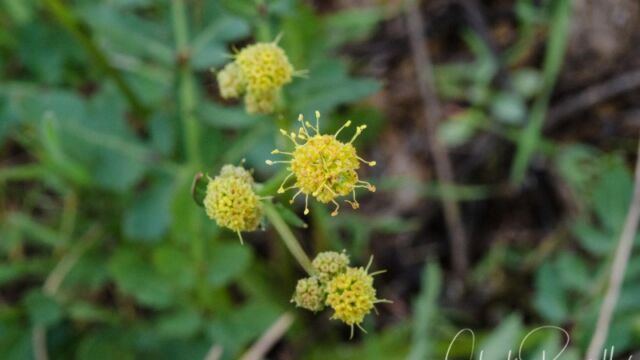
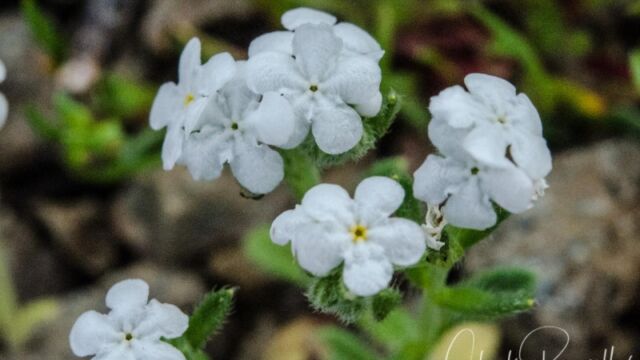
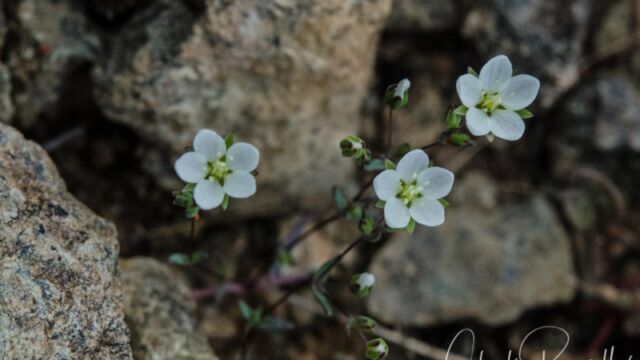
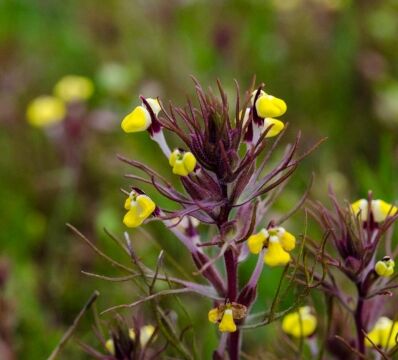
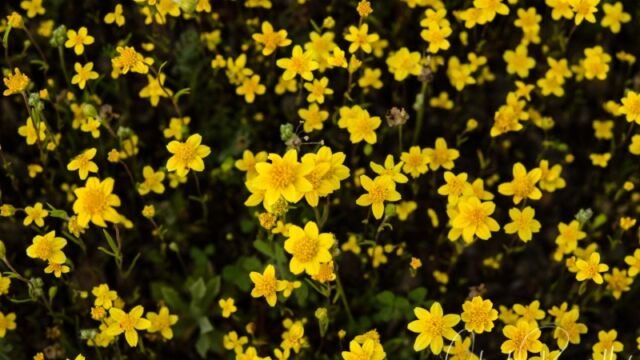
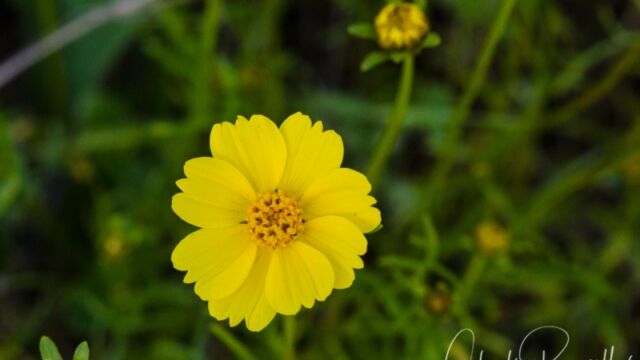
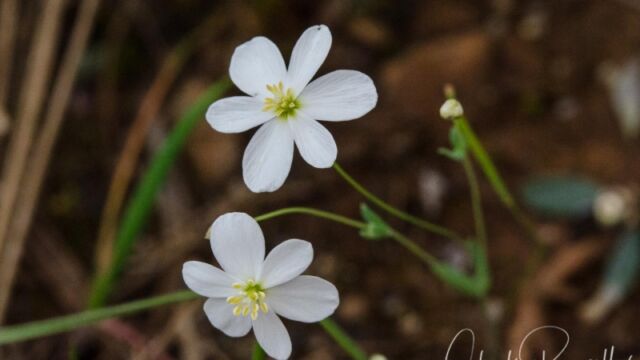
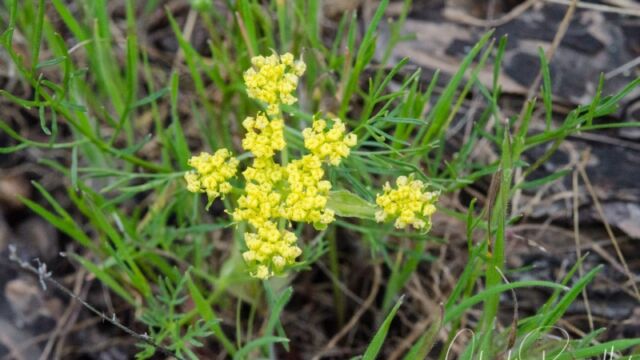
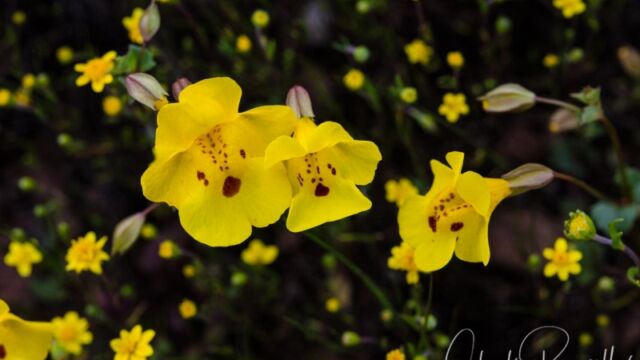
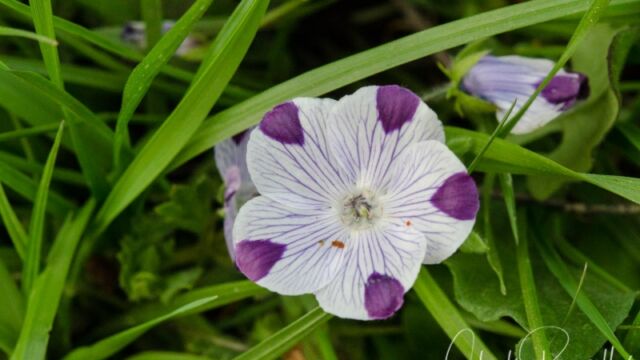
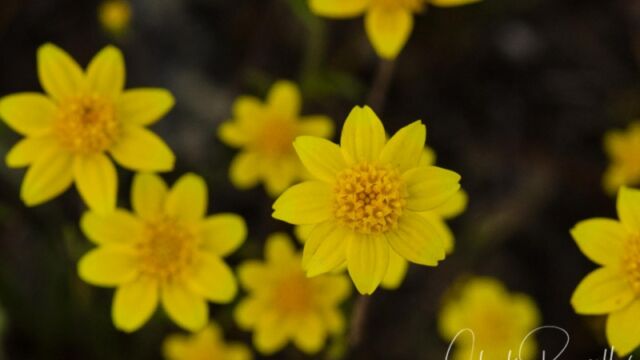
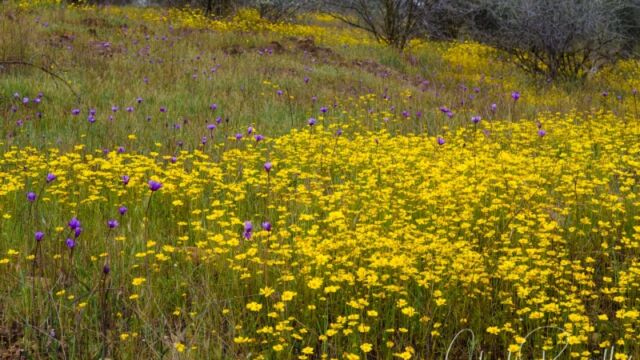
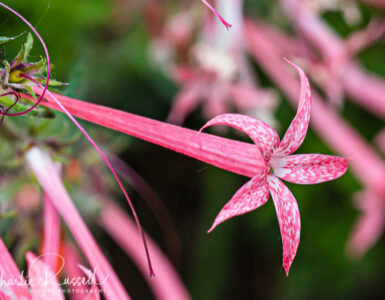
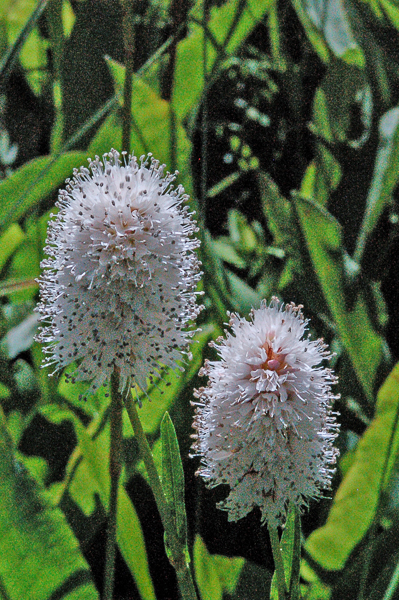
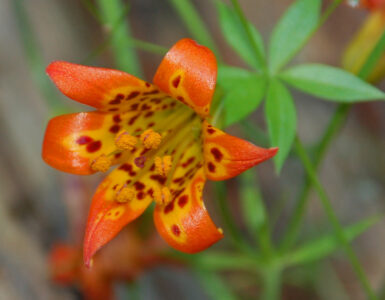
I can see why the purple mouse ears are your favorite. I’m hoping to find some for the first time this year. I love your site and really appreciate your findings; keep up the good work!
Cheers,
Tim
Thanks, Tim! It will be interesting to see what we can find in this dry year.
And I’m a fan of your website (https://www.wildmacro.com/), fantastic macro photography! I just wish that there was a way to subscribe to your blog…
Thanks for your quick reply! Hopefully this week’s rain will help with the plants (Mount Diablo even got some snow!). It means a lot to me that you’re a fan of my work; thank you for your kind words. Yes, I’ve been meaning to add a subscription option (along with many other items). Photographing new wildflowers always just sounds more appealing than trying to figure out the website stuff. 😉
Cheers,
Tim
My husband and I were at Red Hills the past three weekends and on 4/25/2020, we saw what looked to be lavender-colored poppies here and there throughout the yellow-orange ones. The little cups were about 1″ tall. I had never seen these flowers anywhere before. Do you know if that is what they are?
I’m sorry, but that is too vague for me to say much. Perhaps a Clarkia, or a Checker mallow, or perhaps a Mariposa lily (Calochortus invenustus)? Without a picture, more details, there isn’t much that I can add
Also, they were not the five-spots…they did not have the spots on the outer part of the petals.
Thanks…Jenn
I always enjoy seeing your photos of the flowers. Red Hills is an amazing area for wildflowers. Every month different flowers appear.
Some of them have a short window of bloom, so you were lucky to find mouseears and the fairy poppy. If you go back at a later time you will
see the cream cups, blue cups, owls clover, brodeiea, clarkias, lupine and others. If you hike up the south trail I usually find shooting stars.
I hope you keep sharing your favorite wildflower spots. Your photography gives us an optimistic view of what we all hope to find.
It certainly is a great place, and I don’t get there often enough! I have many more wildflower spots to write about, I just have to get through all the pictures. More to come!